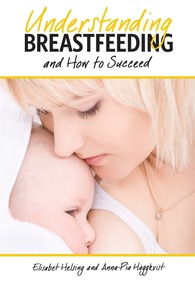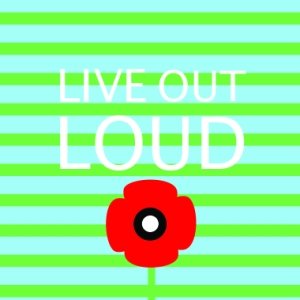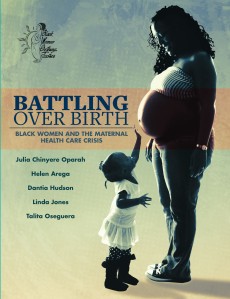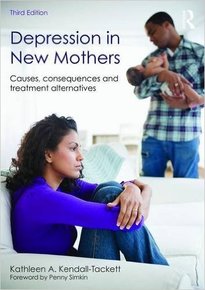In our culture, breastfeeding is no longer the usual way to feed a baby and this position helps many myths surrounding breastfeeding to persist. Here are another five of them.
1. It’s a myth that if a mother has an infection she must stop breastfeeding.
If a breastfeeding mother has a head cold, the flu, or even pneumonia, it will not adversely affect her milk, nor will she transmit the illness to her baby by continuing to breastfeed. In fact, it is important she does continue to breastfeed because she will start to produce antibodies to the illness, which will quickly pass in her milk to her baby to partially or even completely protect her child from developing the illness.
2. It’s a myth that something the mother has eaten which has given her gas may also make her baby gassy too.
Certain foods, beans for instance, can give the eater gas when particular carbohydrates they contain pass whole into the large intestine where bacteria ferment them, which leads to the production of gas. Anything that travels from the digestive tract into a mother’s milk goes via her blood stream and bubbles of gas do not get into her blood or her milk. Pediatrician Carlos Gonzalez, writes:
“you can eat as many beans as you want. But perhaps you prefer not to debunk the myth. This way, if during a gathering there is an embarrassing explosion, you can always say nonchalantly: ‘That was my baby, I’m breastfeeding him…'”
Radically restricting your diet has an impact on your nutrient intake, so don’t avoid too wide a range of foods, even in the early months when ‘colic’ is more common.

3. It’s a myth that breastfeeding mothers should not engage in intense physical exercise.
Some babies may not like the salty taste of sweat, so a quick clean up before nursing may be necessary. In the unlikely event that you have the time as a breastfeeding mother to do really hardcore physical exercise, it is possible that a build up of lactic acid in your milk could alter its taste and lead to your baby refusing a feed. Lactic acid is what’s there when your muscles feel stiff. It is harmless, will not hurt your baby, and it won’t be in your milk for more than a few hours at most. Exercise is really good for both a mother’s physical and mental well-being and there is no need to cut down on your level of activity in order to breastfeed. Check out this story. From a practical perspective, you will be holding your baby a lot of the time so taking exercise that does not separate you from your little one can be great for both of you. Hiking, strolling, mother and baby yoga, and swimming are all possibilities.
4. It is a myth that you need a breast pump if you are going to express milk for your baby.
Your two hands can do the job just as well. In fact, research has shown that in the early days following your baby’s birth, hand expression is a more effective way of removing colostrum when your breasts may be swollen. Colostrum is produced in small amounts and if you use a pump this leaves only sprays on the side of the bottle that are hard to give to the baby, but hand expression into a spoon can catch every drop. Hand expression can also be used as a technique during and after pumping to increase caloric content and remove more milk.

5. It is a myth that breastfeeding makes your breasts sag.
Breast shape, size, and appearance are altered by pregnancy and age, not by breastfeeding.
An entertaining book dispelling this myth is Saggy Boobs by Valerie Finigan, Pinter & Martin 2009. Talking to mothers who have breastfed their children might help new mothers who fret unduly about this happening. Mothers come in all different shapes and sizes and we all age at different rates too, just as we don’t all grow up at the same speed.
These are just five myths.

There are some more in this entertaining and engaging video from the charming Nurse Stefan.
Here are some more.
We’d love to hear any you might like to share.























September 9, 2018 at 12:35 am
Curious as to where you are located? I am a doula and in Wisconsin/Illinois none of these myths are around. Actually, it is sort of the contrary: if you do not breastfeed or switch to formula for a very young infant you are shamed at minimum. thanks in advance for our response. doulawoman.com Martha
LikeLike
September 9, 2018 at 7:01 am
Praeclarus Press is based in Amarillo, Texas. I’m in Yorkshire in the UK. I think the UK’s breastfeeding rates are about the worst in the world.
LikeLike
October 1, 2018 at 9:08 am
OWO!! so nice
LikeLike
November 18, 2018 at 8:21 pm
Reblogged this on Breastfeeding in Public is a Woman's Right and commented:
Breastfeeding Myths Debunked!
LikeLike